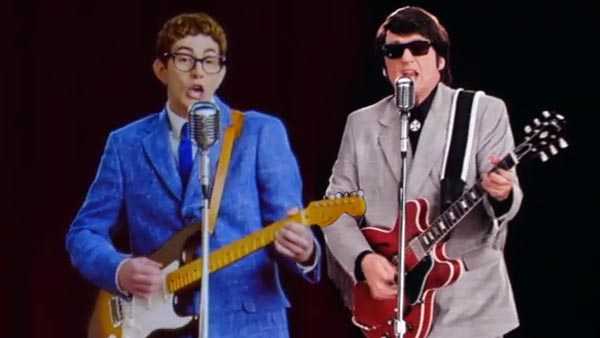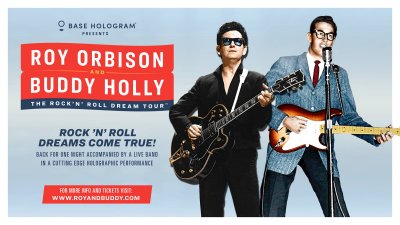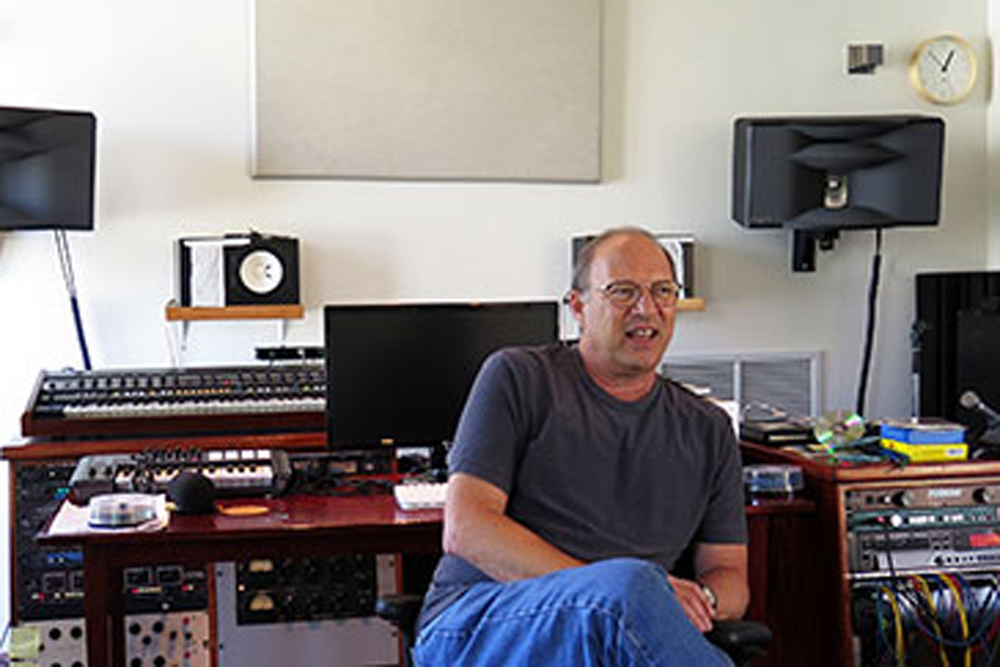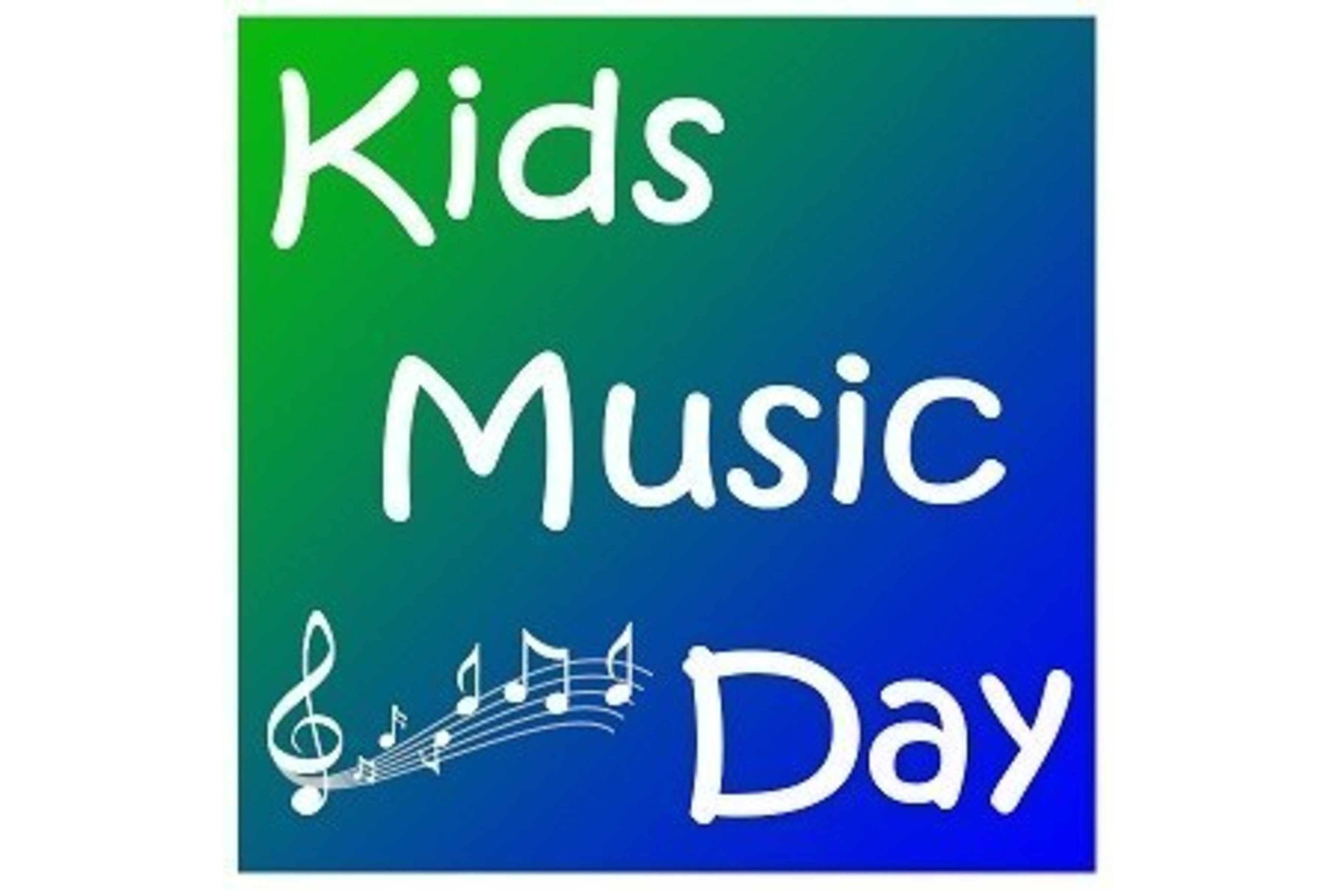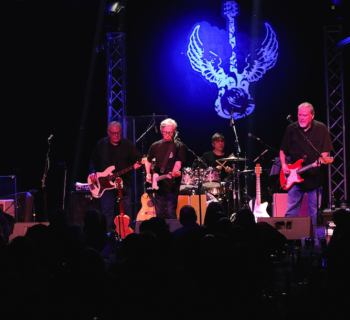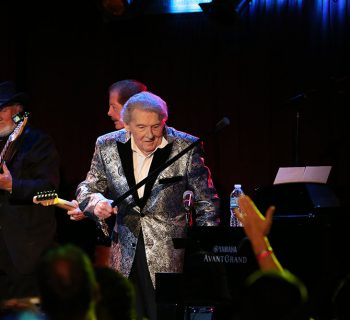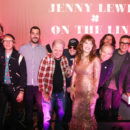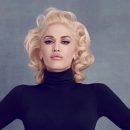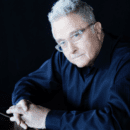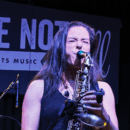Of the many concerts I saw in 2018, the one I talked most about—simply because it was so cool and trippy, and there was so much to say—was the one last October at The Wiltern called In Dreams: Roy Orbison In Concert: The Hologram Tour. I had simply never experienced anything like it—technology allowing a long-departed legend to come to life and entertain fans from multiple generations, complete with an audiovisual narrative presentation, a full band and small string section.
Beyond the fascination of the great-sounding vocals and live music overcoming any skepticism, the auditorium filled with raucous joy as if it were the '60s, '70s or '80s again. There was something truly compelling and mystical about watching the lifelike “Roy” materialize and de-materialize, rising from the stage floor, performing a batch of classics (from “Pretty Woman,” “In Dreams” and “Crying” to his posthumous hits “You Got It” and “I Drove All Night”), then disappearing in a wisp of smoke. It was a tight snappy, affair, a full hour of otherworldly joy—one hit rapidly following the next, with a few “Thank you’s” between numbers.
When I heard that Base Hologram’s latest time-traveling musical excursion was a 46-date North American fall tour pairing “Roy” with another early rock legend, Buddy Holly—including a stop at the Saban Theatre in Beverly Hills—I couldn’t resist. They never actually shared the stage at the same time, but the company was billing it “the legends on tour for the first time.” Chronologically, that’s because Holly was an established hitmaker when he died in the infamous plane crash on February 3, 1959 (immortalized as “The Day the Music Died” in Don McLean’s epic “American Pie”) and Orbison, who started recording at 20 in 1956, didn’t score his first major hit until a year later (1960) with “Only the Lonely.”
Besides the fact that both of their catalogs have endured and influenced throughout the subsequent decades, I wondered what inspired Base Hologram to pair the two (though of course, they never actually appear onstage together). Then I thought, whimsically, it’s all about imaging. It was the glasses! How often did we ever see pics of Orbison’s and Holly’s eyes without spectacles? In one of the video montages about Holly, someone even said that Elton John started wearing glasses because of him!

Aside from greater variety in the music, having “Buddy” in the mix, alternating segments back and forth with “Roy,” led to a few key changes from the all-Orbison presentation. There was no string section, just a tightly grooving five-piece band with two female backup singers, and no need for an in the flesh opening act (as Julian Frampton gamely performed last year). Like at the Wiltern, the show started with an overture of Orbison songs backing up a colorful video narrative of his life. He started the show with four tunes (“Only the Lonely,” “In Dreams, “Sweet Dream Baby,” “Just Running Scared”) before he parted and the audience was treated to a sweeping video about America in 1957 when Holly emerged into the cultural consciousness.
“Buddy”’s spirited, speedy romp through his staples “Not Fade Away,” “Everyday,” “Crying Waiting Hoping” (which I still call the “La Bamba” song for its inclusion in the Richie Valens biopic), “Peggy Sue” and “Maybe Baby” was a splendid reminder of the enduring genius of Holly’s catchy but insightful songwriting, playfully hiccupy trademark vocals and blend of romance with booming rhythms. Visually, dressed in a cool, pale blue suit, “Buddy” was a sight to behold, much more animated on stage (as in his earthly life) than “Roy,” who mostly stood still with a bit of leg motion and guitar strumming when he sang (again, as in life). “Buddy”'s loose, swaying, easy bouncing body movements were endearing and made him seem even more lifelike and touchable than his fellow hologram.
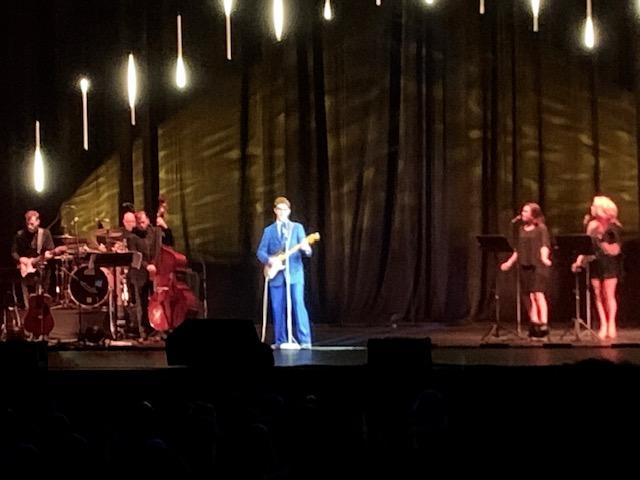
The nature of a double bill hologram show is that there’s no true seamless transition between artists. They don’t walk off as the other walks on, they just (to paraphrase Holly) “fade away” into the stage lights so the next segment can start without much pause. “Roy,” varying the setlist from last year, popped back in with “Uptown,” “Love Hurts,” and “I’m Hurtin’” (he was called the “Caruso of Rock,” but could easily have been called the “King of Pain”) before giving way to video testimonials about “Buddy”—which was followed by another delightful “five-pack” of Holly classics, including “True Love Ways,” “Rave On,” “Oh Boy” and the songs my generation learned to love through Linda Ronstadt, “It’s So Easy” and “That’ll Be The Day.”
Then came a reprise of one of the most poignant parts of the previous Orbison presentation, a video of loose interviews with his fellow Traveling Wilburys. Now that it’s been two years since Tom Petty passed, his segment was just a little less heartbreaking—but the combination of seeing “Roy” perform and Petty talk made me wonder, do musical greats ever really die? As I contemplated the spiritual implications of that question, we were regaled with “Roy”’s soaring voice on “A Love So Beautiful,” his grittier side with “Mean Woman Blues,” the always magical declaration “You Got It” and “It’s Over.” Well, not quite yet, because “Buddy” re-appeared to sing “Well Alright” before “Roy” wafted back in (up?) for “I Drove All Night” (featuring clever interactions with his backup singers) and—yep, we were waiting for it the whole show—“Pretty Woman.”
While walking in another area of Beverly Hills before the show, I was listening to the Sirius/XM channel '70s on 7, and what came on? “American Pie.” What were the odds? Maybe about the same as two late legends inspiring me to talk about them and this remarkable show to anyone who will listen for the next year. Because I was about to see “Buddy,” I really listened to Don McLean’s words and imagined the pain he and millions of his generation must have felt the "Day the Music Died." Then I thought, maybe we’re thinking too limitedly. Maybe death is just a doorway, and there is a “Rock N’ Roll Heaven,” as the Righteous Brothers once sang. Till then, thanks to Base Hologram, we can stop mourning for a bit and just celebrate the joy of the great music that these masters left behind. My friend turned to me after the show and said, “This could go a lot of places…Hendrix, Beethoven.” In actuality, next up for the company, touring next year, it’s “Whitney Houston,” who will take the hologram magic to a whole different generation.” She’s been saving all her love for us a long time…
